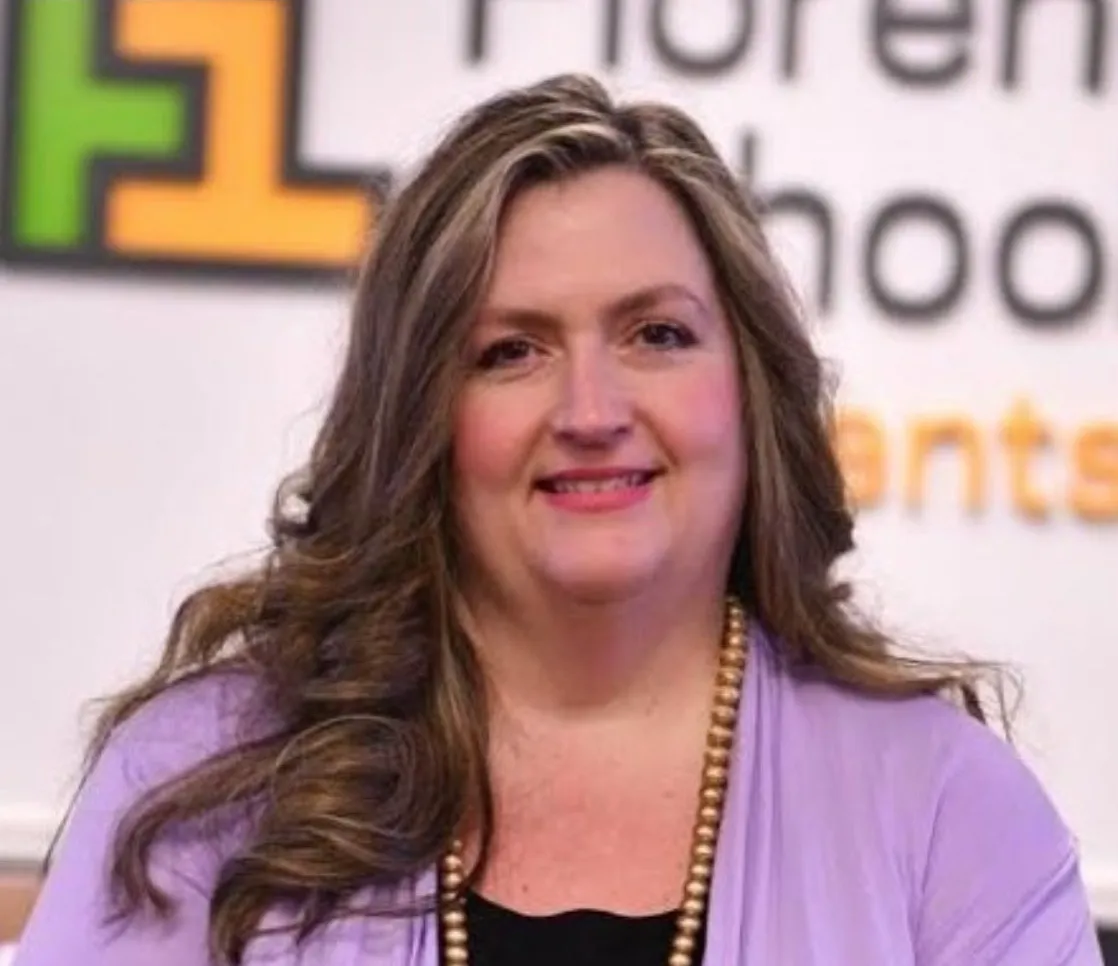Ginger Baggette is assistant principal of Delmae Elementary School in Florence, South Carolina. Lorna McBride is an education consultant and former director of elementary education and federal programs at Florence One Schools.
What is the value of building student relationships? What does it mean for our students, our teachers, and our schools? Researchers across the nation as well as business and educational experts agree that building relationships can be one of the most critical steps in establishing and maintaining student success.
For students, relationships mean feeling valued by a teacher; feelings that are based primarily on emotion.
-
Does my teacher smile at me?
-
Does he/she make eye contact with me?
-
Are my teachers invested enough to ask me how my day is going or how I am feeling?
-
Am I missed when I am absent?
Students want to know if a teacher is really plugged in to them, both inside and outside of the school walls. It is the process that makes the difference.

For some teachers, positive relationships with students are often based on performance.
-
Is a student ready for instruction?
-
Does he/she ask probing questions or want to know more?
-
Does the student follow the rules?
-
Does the student show motivation to learn?
Teachers want students who show up both inwardly and outwardly ready to learn. While the process is important, the product becomes primary.
For school communities, relationships are synonymous with academic achievement. What can students contribute to their neighborhoods?
-
Are students career ready?
-
Can students collaborate and work with others?
-
Can students problem solve?
-
Do students have the skills to move the community forward?
For school communities, the product is most important.
At its core, building relationships means validating students, knowing and understanding who they are, and creating a deep bond based on trust and respect. Thus, individual relationships are not the glue that hold things together, but rather the components of the glue.
Building relationships includes three critical areas.

Validating students
Students need to feel valued. They want to feel that their presence is integral to the structure of the class. Is there a void in the classroom when a student is absent?
Students want acceptance, affirmation, and to know there is a reason they are there. Validating students means:
-
Acknowledging your student’s presence (mentally and physically) and knowing them by name.
-
Involve your students, even when they don’t raise their hand. Let them know you value their input.
-
Listen to your student. When we validate students, it means we have provided them with evidence that assures them that whether they are right or wrong in their response, they have been heard. This is the basis for the learning foundation.
Seeing and believing in their potential
Every child comes to school with a background or story that is uniquely their own. If we think of a student’s story as a backpack full of essentials to be pulled out and used at specific times, helping them disseminate, utilize, and value what they bring will go a long way in the classroom.
By making a personal connection with a student about what is happening in their life outside of school, we make the process of what goes on inside the school walls that much easier.
This takes effort and requires:
-
Knowing where your students come from. Dive into their background and assimilate what truly makes them, the student, who they are.
-
Knowing where your student is academic, socially, and emotionally. Where do they see themselves in the makeup of the class? What role do they play?
-
Knowing where your students should be. We can effectively design a plan of action, which will address properly evaluating their growth.
Developing a bond with students
Children begin the ritual of bonding the minute they are born. It is a human instinct that promotes self-esteem, trust and a sense of security. It is important to note, however, that bonding does just take place, it is a process.
You may not even realize it is happening until a child touches your hand, smiles at you, or asks a question. There are many ways to develop a sense of bonding with students.
-
Create a connection with your students. Allow your likenesses to parallel your differences. You don’t have to go in the same direction to reach your destination.
-
Gently recognize and cultivate success. Any product utilizing zero is null and void. You must find value in a student and use that value to grow success. Challenge the minds from each to receive the best from all.
-
Consistency is important. Remain committed to a common goal. Following a path until it ends and beginning again is important. Students will stumble. Look at their stumbling blocks not as failures, but as another opportunity to succeed. This is a mindset that once changed can increase risk taking, self-confidence and learning.
When students fail a test, this is an opportunity for more learning to occur. This changes the learning environment where students feel safe to share their thoughts and opinions without judgment. Don’t dwell on the failure, embrace the chance to grow. -
Rely on collaboration. When we collaborate, we disband the theory of what works well for one or some of us and embrace what is best for all of us. Having diverse minds and the blending of ideas, thoughts and opinions can produce a unified product where one size does fit all.
Establishing relationships with our students should never be deemed as a "pit stop" or a "drive-through." It is an extension of who we are and who our students can be.
Therefore, in schools, relationships should be treated as luxuries and viewed as a necessity for learning. We can’t afford not to do it.
We have all heard the saying, “You can’t judge a book by its cover.” Looking out into a classroom to see that students appear to be listening and engaged is not enough.
How do you know they are really a part of the lesson? What makes it important to them? Why is it important to you? How do you ensure they are connected?
At its core, building relationships with students means validating who they are, making a humanistic connection, and seeing and believing in their potential. Unlocking these three critical areas can almost ensure success.






 Dive Awards
Dive Awards






